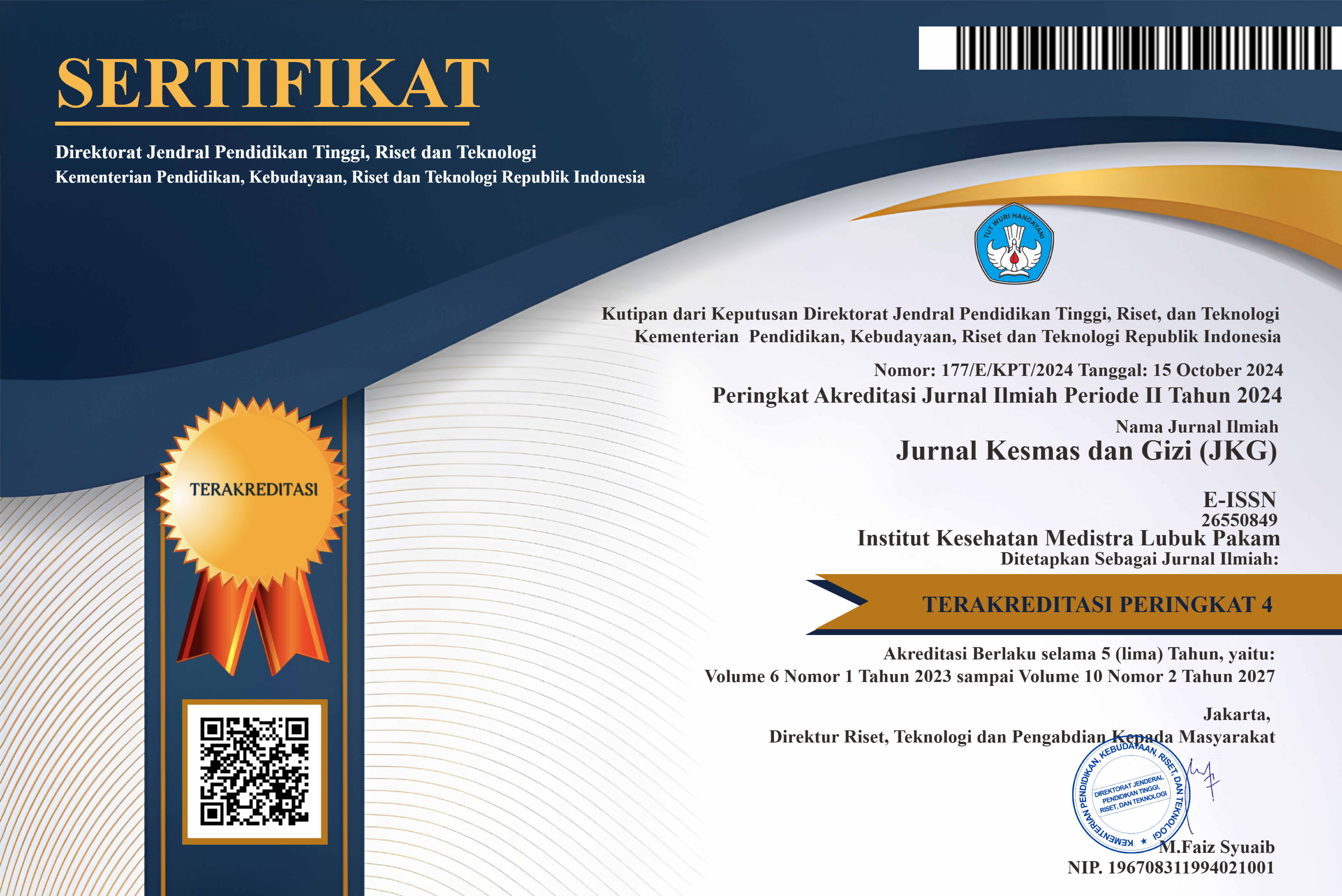The Role of the ICE Model in Doctor-Patient Shared Decision Making
DOI:
https://doi.org/10.35451/jkg.v6i2.2101Keywords:
narrative medicine, Shared Decision Making, ICE modelAbstract
The ICE model plays a crucial role in shared decision-making between patients and healthcare providers. Adequate information helps patients better understand their health conditions and make informed choices; effective communication facilitates building mutual trust and reaching consensus between providers and patients; and the demonstration of empathy can alleviate patients' anxiety and enhance their confidence in participating in decision-making. In recent years, the application of the ICE model in clinical practice has gained increasing attention. This article mainly explores and analyzes the application of the ICE model in medical practice and its impact on the quality of patient-provider interactions. The research aims to evaluate how the ICE model promotes effective bidirectional communication between patients and providers, and how providers' empathy can enhance psychological support for patients and treatment adherence. Through this study, the goal is to comprehensively understand the role of the ICE model in improving the quality of healthcare services, strengthening patient-provider relationships, and assisting providers in delivering more personalized, patient-centered care. Finally, current challenges are discussed, and future development directions are proposed.
Downloads
References
Alexandra A S, Antonius M W. (2022). Midwives' empathy and shared decision making from women's perspective - sensitivity of an assessment to compare quality of care in prenatal and obstetric care. BMC Pregnancy and Childbirth, 22(1).
Arnstein F, L. R S. (2023). Risk communication, shared decision making and health literacy. Patient Education and Counseling, 116.
Chmielowska, M., Mannocci, N., Tansel, A., & Zisman-Ilani, Y. (2022). Peer support and shared decision making in Open Dialogue: Opportunities and recommendations. Frontiers in psychology, 13, 1059412.
Faiman B, Tariman D J. (2019). Shared Decision Making: Improving Patient Outcomes by Understanding the Benefits of and Barriers to Effective Communication. Clinical Journal of Oncology Nursing, 23(5).
Laura S, Johanna A, Sabine V, et al. (2020). Knowing what the patient wants: a hospital ethnography studying physician culture in shared decision making in the Netherlands. BMJ Open, 10(3).
LDF, GSM, SAKR, et al. (2012). Authoritarian physicians and patients' fear of being labeled 'difficult' among key obstacles to shared decision making. Health Affairs (Project Hope), 31(5).
Naye F, April T K, Wit D M, et al. (2024). OMERACT Core outcome measurement set for shared decision making in rheumatic and musculoskeletal conditions: a scoping review to identify candidate instruments. Seminars in Arthritis and Rheumatism, 65.
Shaun L, Daniel H, Julian C E. (2021). An Affective-Appraisal Approach for Parental Shared Decision Making in Children and Young People's Mental Health Settings: A Qualitative Study. Frontiers in Psychiatry, 12.
Stefan L, Spyridon S, Alessandro R, et al. (2023). Shared Decision Making Assistant (SDMA) and other digital tools for choosing antipsychotics in schizophrenia treatment. European Archives of Psychiatry and Clinical Neuroscience, 273(8).
Vaughan N, Neil T, Amy P, et al. (2023). Patients report being satisfied with private musculoskeletal physical therapy when therapists educate effectively and facilitate shared decision making. Brazilian Journal of Physical Therapy, 27(2).
Downloads
Published
Issue
Section
License
Copyright (c) 2024 Katherine Ning Li

This work is licensed under a Creative Commons Attribution 4.0 International License.
Copyright in each article is the property of the Author.


























